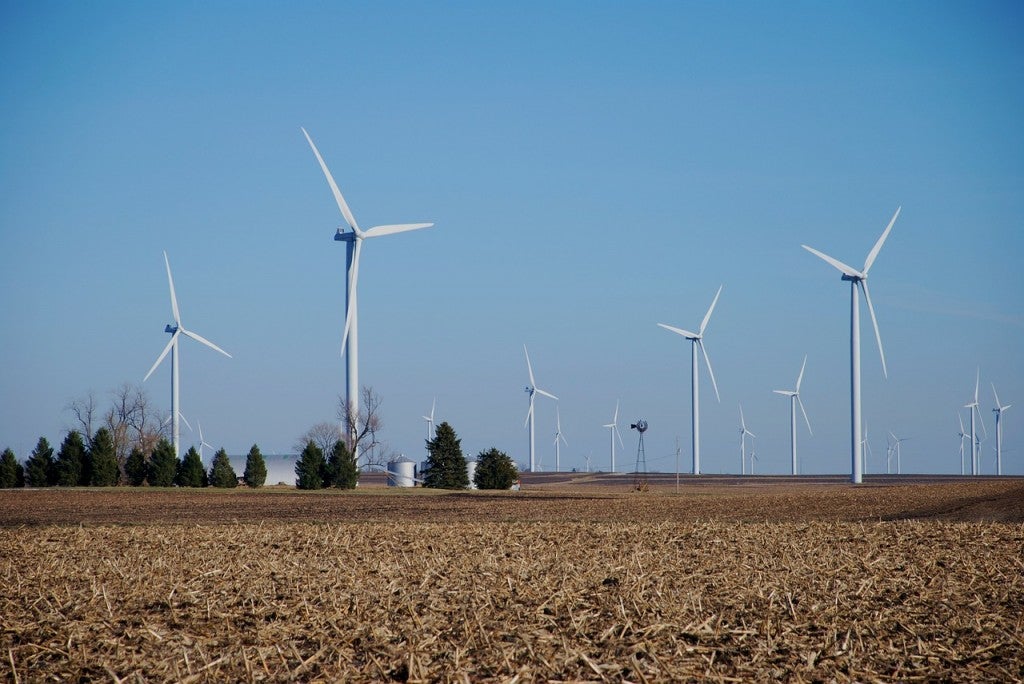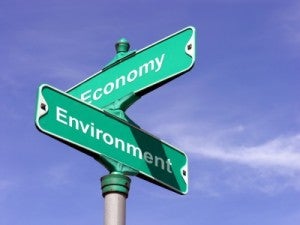By: Gavin Purchas, Acting Director, Idea Bank, and Elizabeth B. Stein, Attorney
 When the New York Public Service Commission (Commission) opened its historic “Reforming the Energy Vision” (REV) proceeding earlier this year, it recognized that the way utility companies have been regulated is out of sync with innovations in technology, business realities, and evolving customer needs, including the need to reduce harmful pollution. In order for utility companies to become part of the solution, the Commission has made it clear that everything is up for grabs – even the basic regulatory paradigm governing how utility companies do business in New York.
When the New York Public Service Commission (Commission) opened its historic “Reforming the Energy Vision” (REV) proceeding earlier this year, it recognized that the way utility companies have been regulated is out of sync with innovations in technology, business realities, and evolving customer needs, including the need to reduce harmful pollution. In order for utility companies to become part of the solution, the Commission has made it clear that everything is up for grabs – even the basic regulatory paradigm governing how utility companies do business in New York.
Luckily, the Commission won’t have to completely reinvent the wheel since a new regulatory paradigm from the United Kingdom could serve as a potential model. This regulatory approach is known as RIIO and is based on the following formulation: Revenues = Incentives + Innovation + Outputs. RIIO was developed by the UK regulatory body, Office of Gas and Electricity Markets, after the country recognized that its previous framework – while extremely effective at achieving cost reductions – stymied innovation. RIIO includes several elements that may be useful in the New York setting, including: Read More














